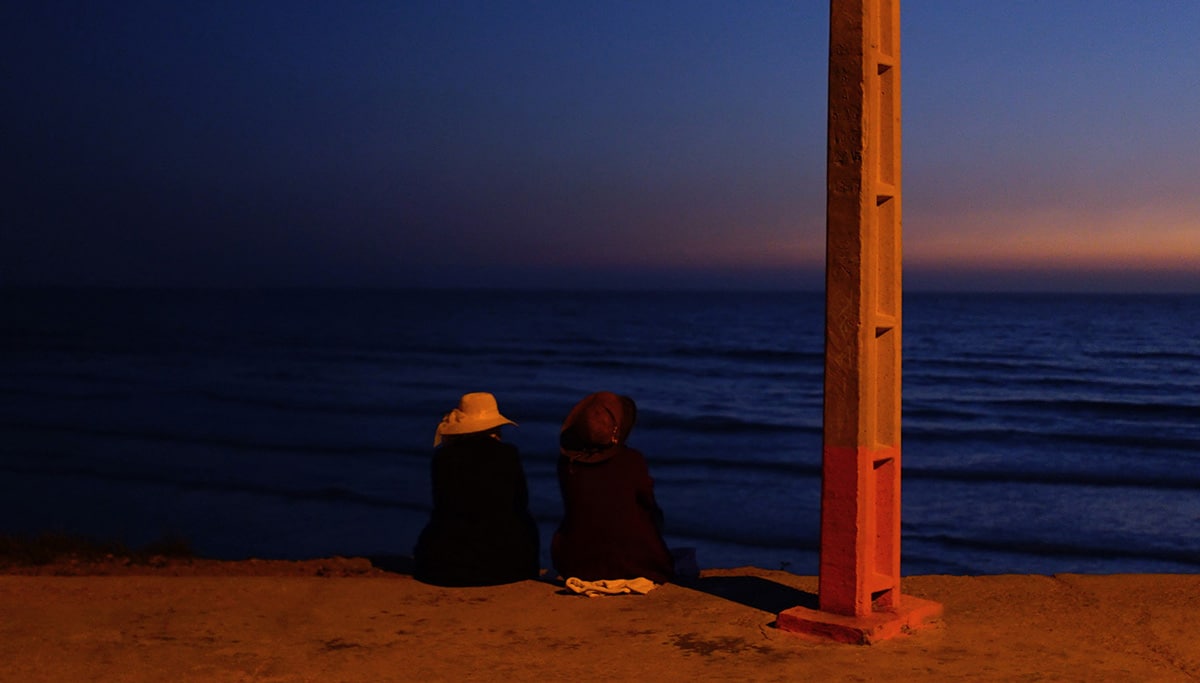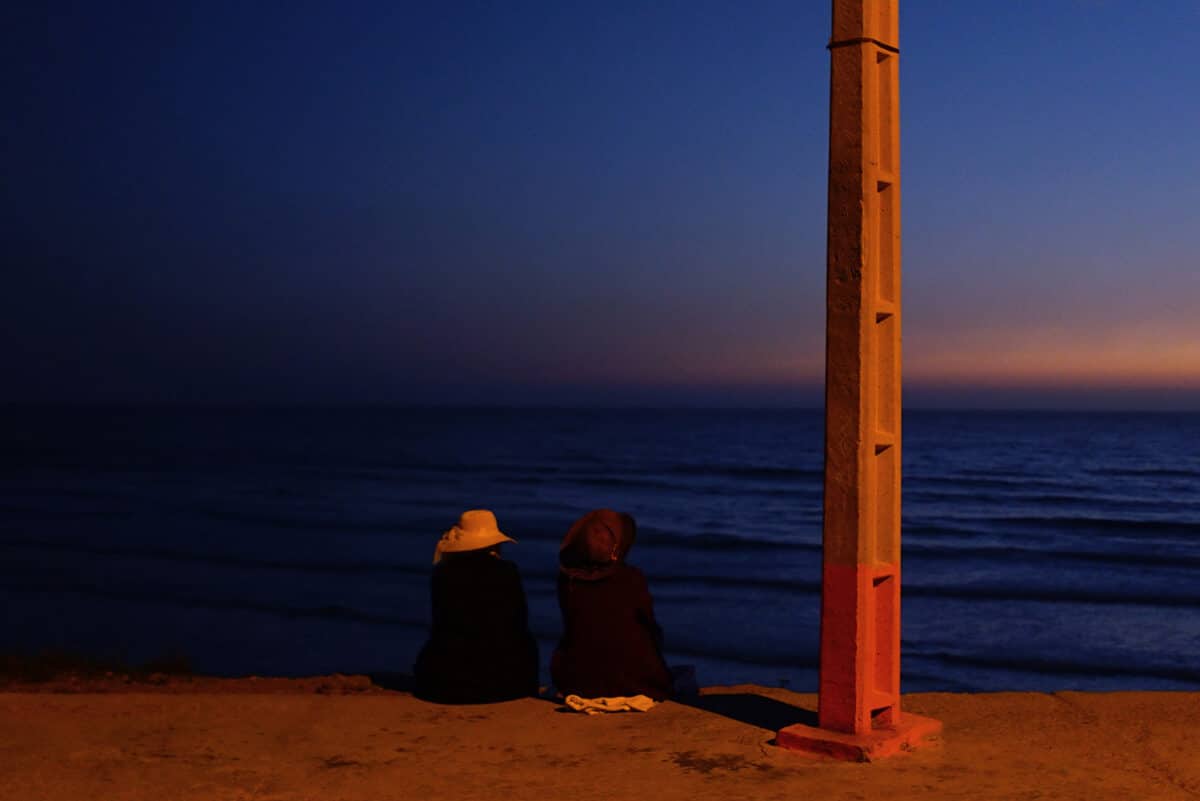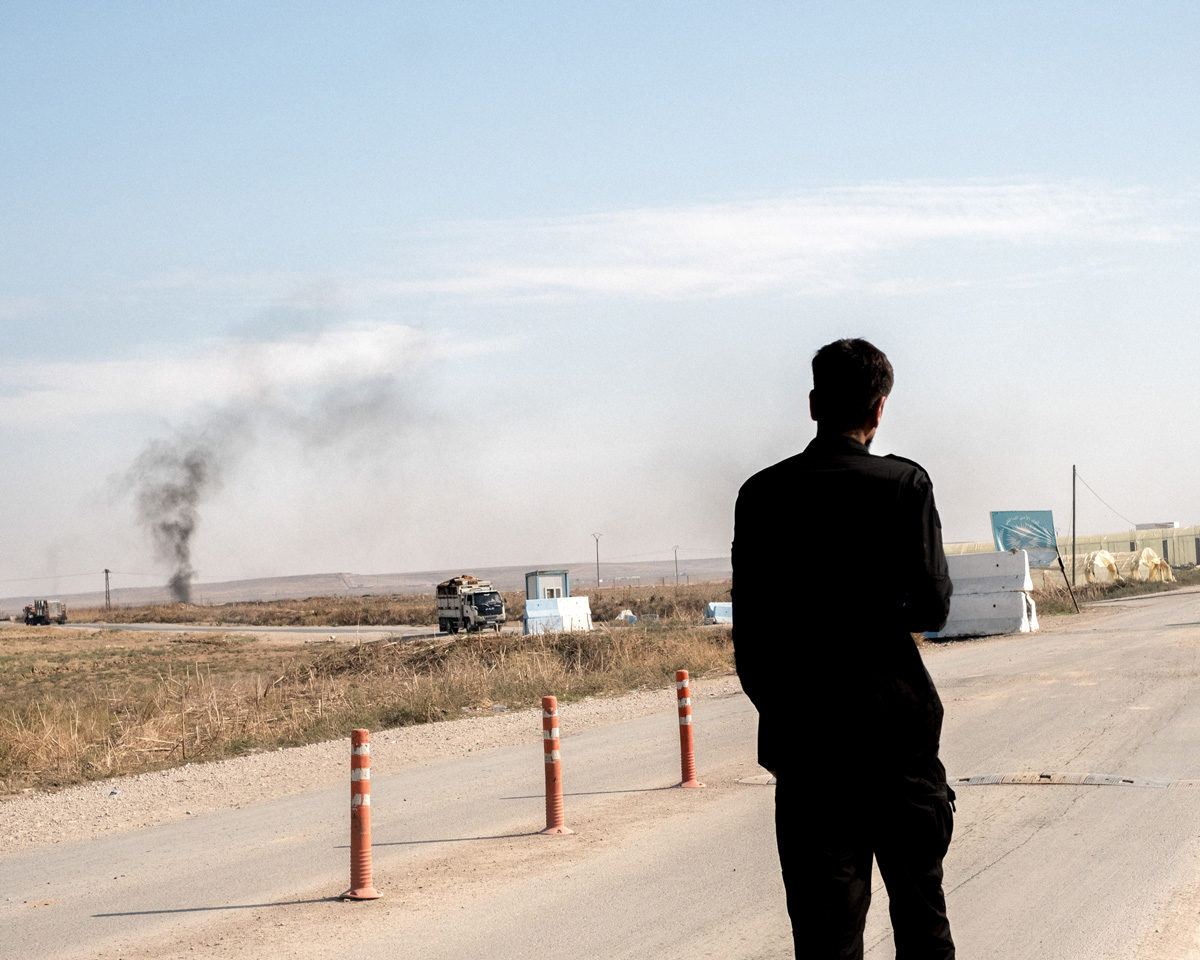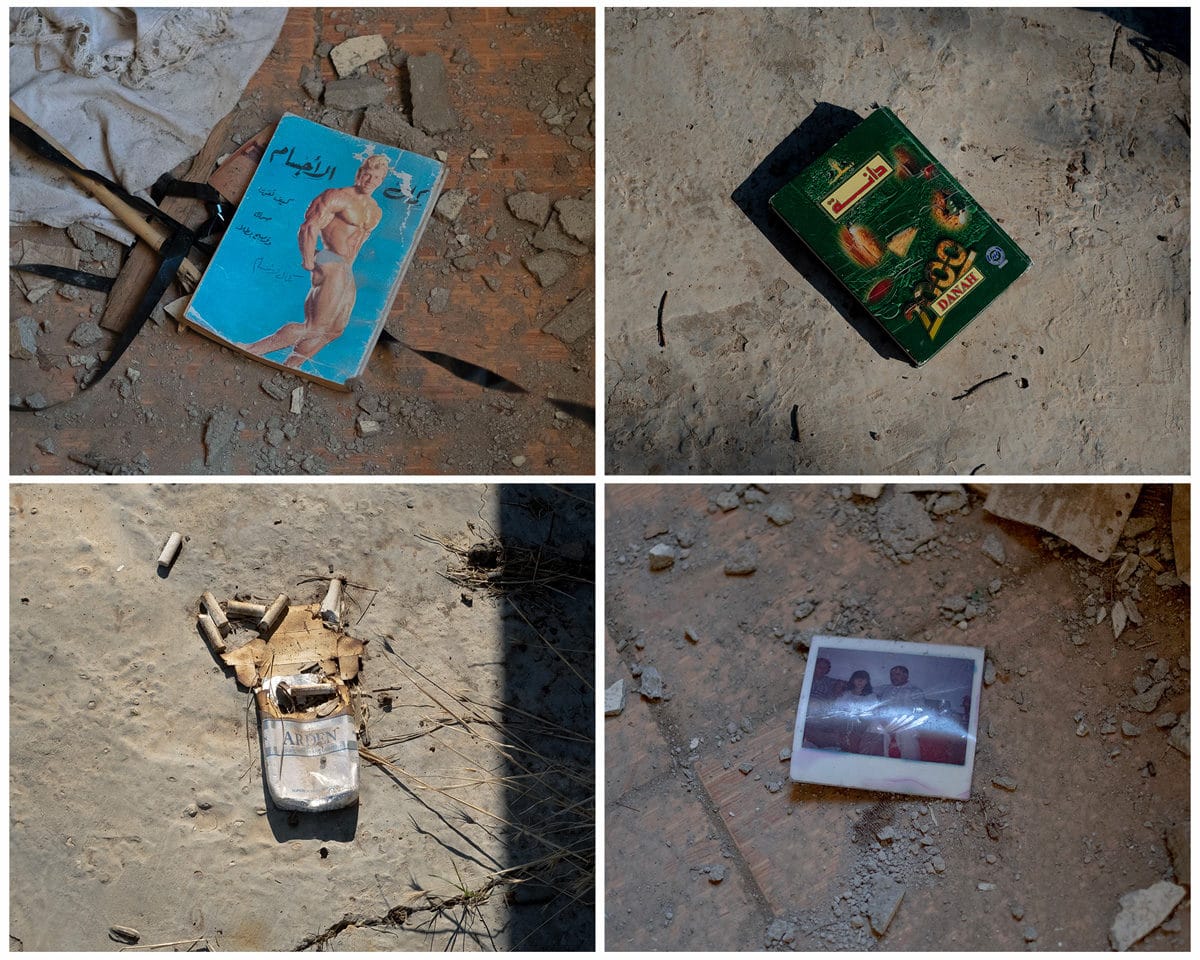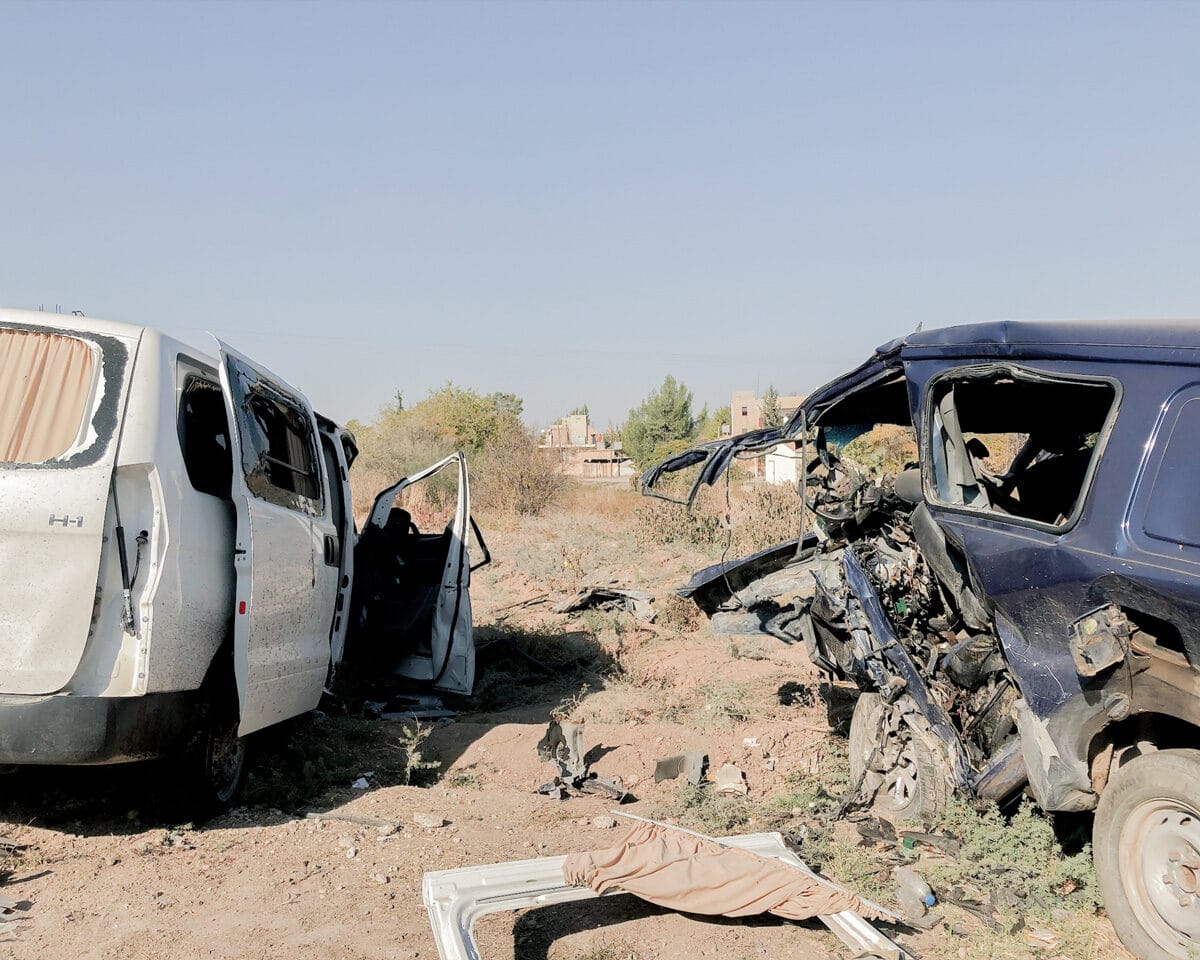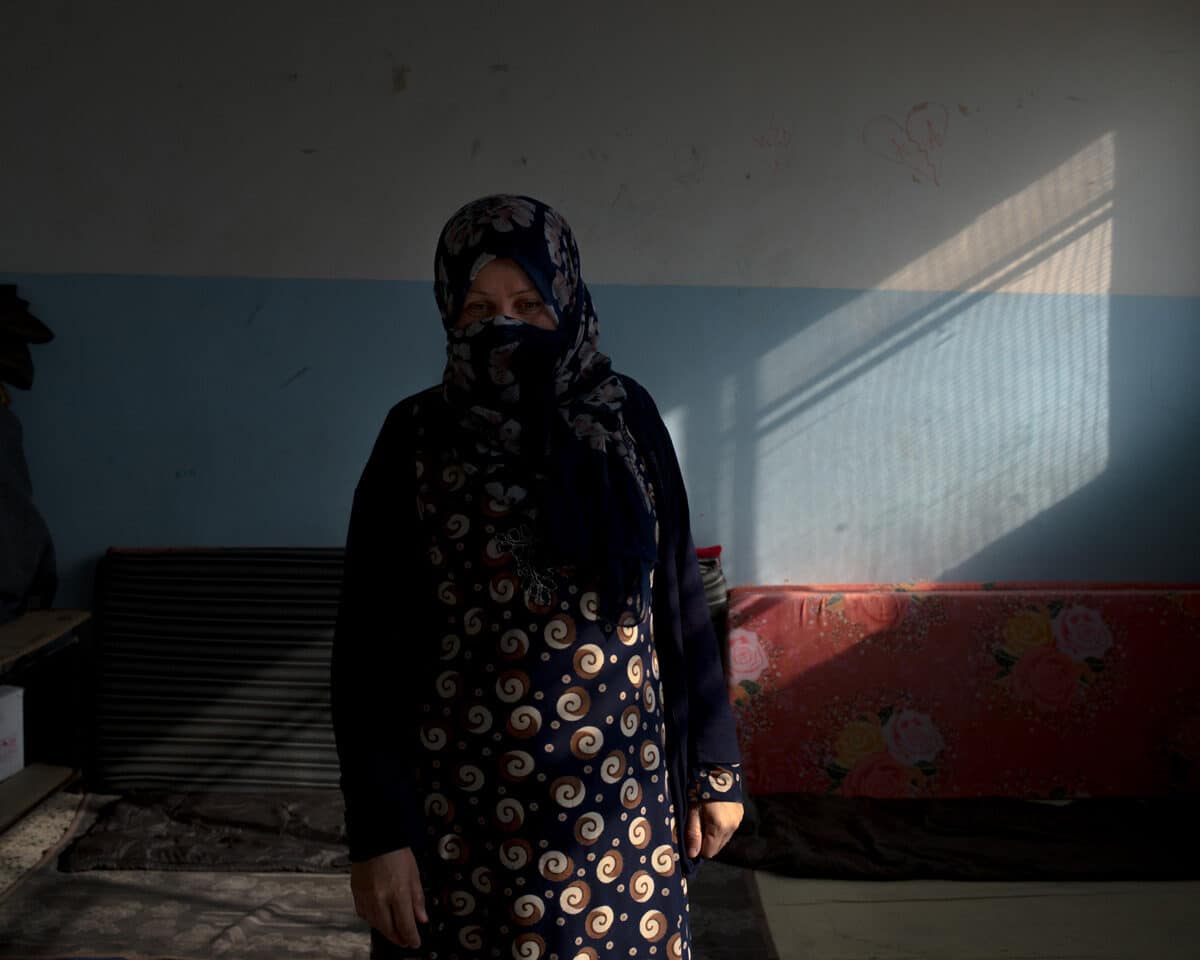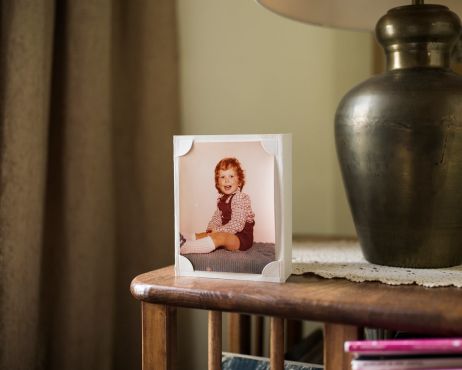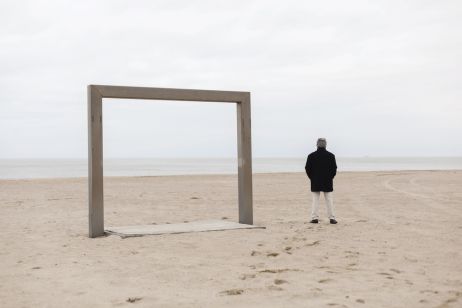Travel is what links Leyna Amly and William Keo, our readers picks #335. The former practices a female gaze over her native country, while the latter captures the emergence of hatred in territories of tension.
Leyna Amly
“I turned to photography when I was about 13, with a camera that looked more like a toy than anything else. I bought it on the black market in Casablanca. I was, at the time, obsessed with family photos and spent my time looking through my mother’s carefully organised albums. I loved these pieces of paper that told our story, that testified to moments that I had forgotten. Photography is my Madeleine of Proust”,
says Leyna Amly. It was during her travels that the 26-year-old French-Moroccan artist trained her eye and discovered the world of images. France, Chile, Spain, Brazil… Her return to Morocco, following the health crisis, finally enabled her to carry out “audiovisual projects in a familiar land”. Fascinated by urban life as well as the rural world, the photographer strives to bring out beauty where it is no longer perceived. Describing her practice as “poetic and vernacular”, she strolls around and freezes traces, connections that provoke emotion. A way of representing her native country with originality. “Today, we see more and more artists who propose another vision than that of a Morocco subjected to the prism of tourism and orientalism. I am very admiring and proud of this. But it remains a predominantly male world. I am trying to develop a “Moroccan female gaze” which aims to evoke my position within this society”, she explains.
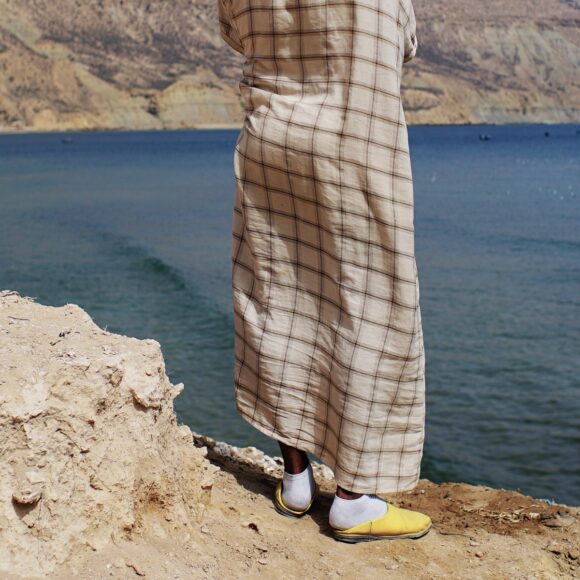
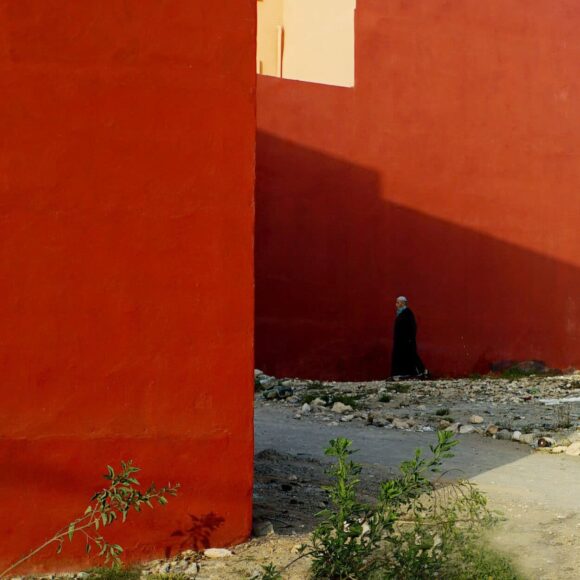

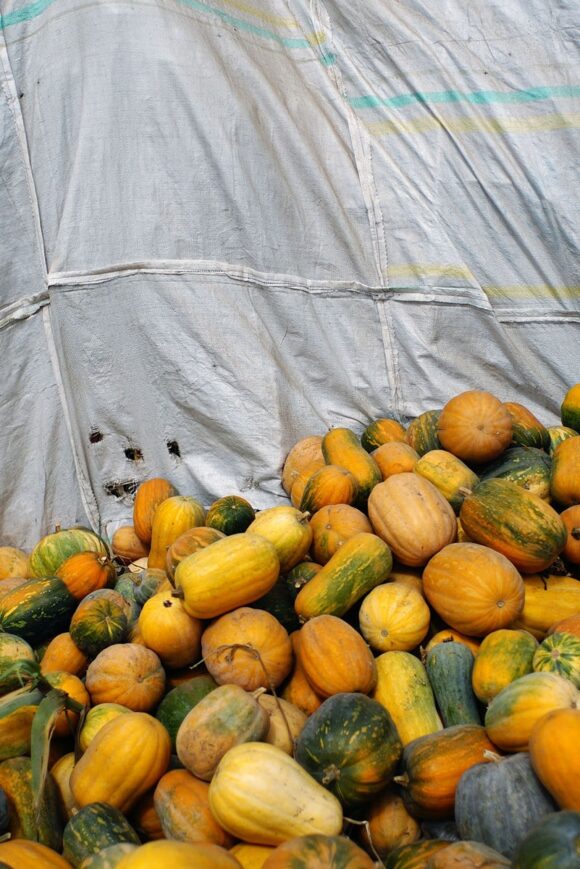
© Leyna Amly
William Keo
William Keo, a 24-year-old Franco-Cambodian photographer, is developing a work anchored in current affairs, and centered around a particular theme: “the emergence of intercommunity hatred”. “All my projects have historical roots, whether it is Islamophobia dating from the Indian Empire, the consequences of the Sykes-Picot agreements or the collapse of the USSR”, he says. Influenced by reportage, the artist likes to “go out of tune with the news, to get out of the traditional picture of conflict”. In areas of tension, he seeks, far from violence and action, to inform and surprise. A desire that can be found in Northeast Syria: no friends but the mountains. “I worked on the aftermath of the Syrian civil war for a long time and never went there. In October 2019, US troops withdrew from the country, causing violence to escalate. Turkey launched a large offensive in the north of the country, and Daesh seized the opportunity to rise from its ashes. That’s when I went there,” he says. On site, he captured what he perceives as “a slow war”. Carefully composed, his pictures evoke this stagnation, this deceptive calm. In the desert landscape, the underlying struggle becomes an invisible, but no less threatening protagonist.
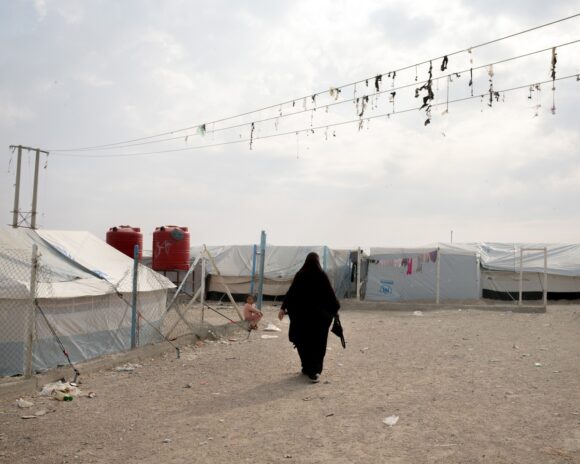
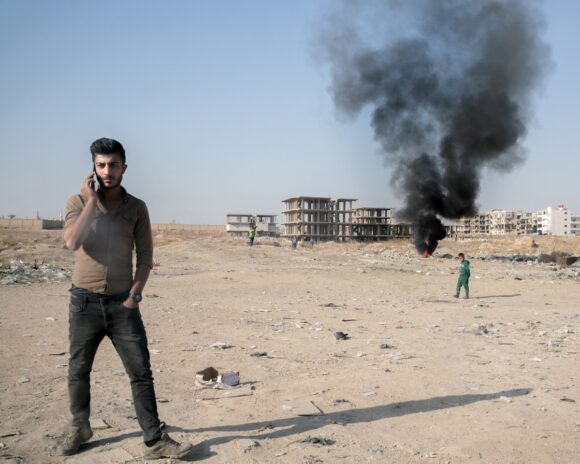
© William Keo
Cover picture: © Leyna Amly
